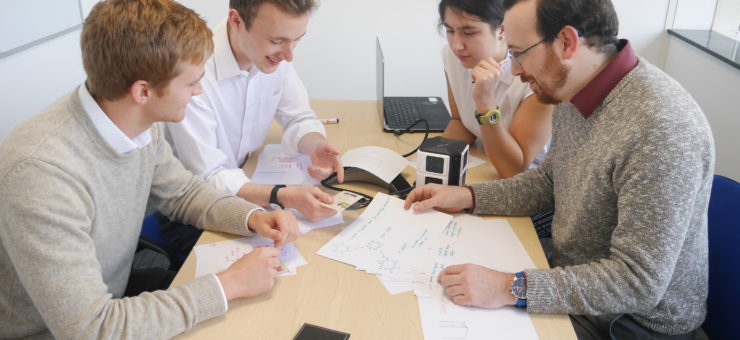When not to reinvent the wheel: tech scouting versus engineering
27 July 2022
 When you think of engineering, you often think of highly technical requirements and complicated devices that are built from scratch. But some engineering is more about research and finding commercially available products that may just fit the bill for the required job. The knowledge that engineers have will go a long way in helping to define the requirements and identify any off-the-shelf components that may solve the problem at hand. How do you go about technology scouting for an engineering problem? We recently did just this for a client.
When you think of engineering, you often think of highly technical requirements and complicated devices that are built from scratch. But some engineering is more about research and finding commercially available products that may just fit the bill for the required job. The knowledge that engineers have will go a long way in helping to define the requirements and identify any off-the-shelf components that may solve the problem at hand. How do you go about technology scouting for an engineering problem? We recently did just this for a client.
Systematic methodology
We started by implementing a systematic method for the search. Through web searches, conference lists, regulatory websites and other methods we developed a list of potential manufacturers and distributors. We then used a set of pre-defined search terms to search each website and catalogue for suitable products. This process was all recorded and allowed us to generate a large list of products and build confidence that our search was comprehensive.
Technical knowledge
We defined clear, quantifiable requirements for the search. Each product found was evaluated against these to determine its suitability. This allowed us to discard unsuitable options and funnel our search into the viable options. As the project progressed, we could discuss the requirements and evaluate which were the most critical.
Creative thinking
Our client knew this project was a challenge when they approached Springboard. Their plan was an off-the-shelf device as these are conventionally cheaper, quicker and pre-approved as a medical device. In parallel with the off-the-shelf search, we had begun looking into combination products and also custom options. As the project progressed this parallel track was invaluable as no off-the-shelf options fit the product requirements. By researching custom options in the same systematic method as the off-the-shelf search we found suitable products that still fit the technical, time and regulatory requirements.
Cost and timelines
Using off-the-shelf components we identified items that were pre-approved for the client’s intended use and market. This removed the cost, time delay and documentation that would have been required to get regulatory approval for a new or changed product.
Overall, by using these methods we delivered a project in which we were confident we had searched thoroughly and delivered three new options to the client which were capable of meeting their tight specification.
Take a look at more examples of the work we do for our clients.
Written by Rachel Lewis


